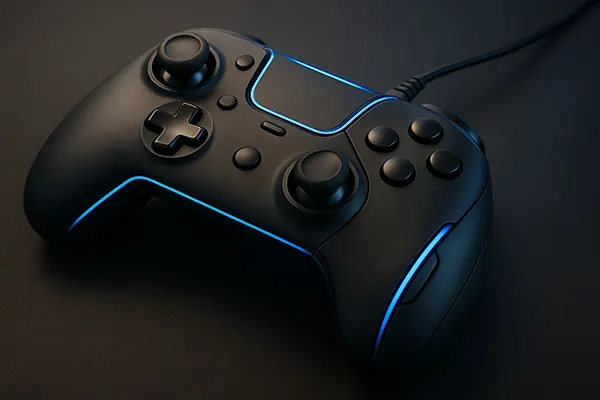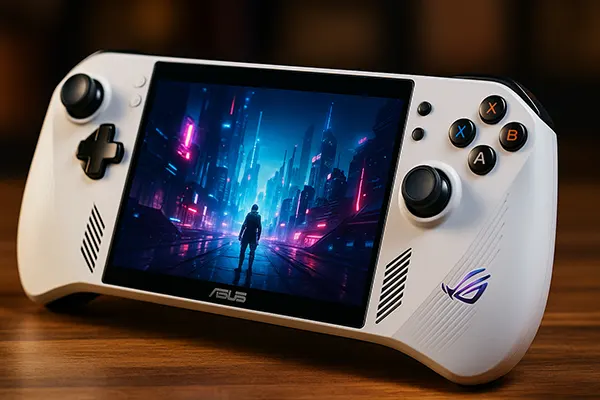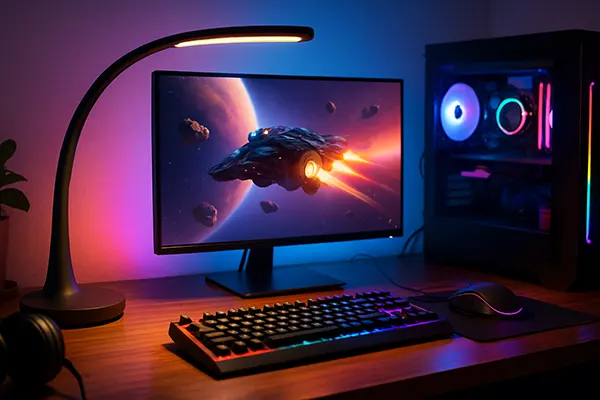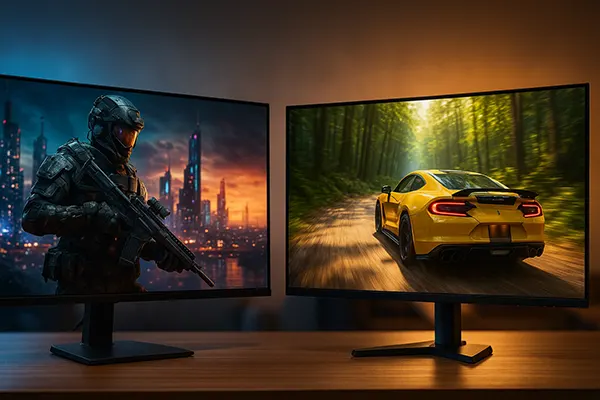
Comparison of Gaming OLED vs QD-OLED Monitors in 2025: Which to Choose?
As monitor technologies continue to evolve in 2025, the race between OLED and QD-OLED displays becomes increasingly relevant for gamers. Both types promise superior contrast, deep blacks, and stunning colour accuracy — but there are distinct differences that can affect your gaming experience. This article provides a detailed comparison between the latest OLED and QD-OLED monitors, based on factual data and real user feedback from the first half of 2025.
Visual Performance and Colour Accuracy
Traditional OLED monitors are widely known for their perfect black levels due to their self-emissive pixels. This allows for an infinite contrast ratio, ideal for dark scenes in single-player games and cinematic storytelling. In 2025, major brands like LG and Asus have refined their OLED panels with brighter highlights and better pixel reliability.
QD-OLED (Quantum Dot OLED) takes this further by adding a quantum dot layer that enhances colour volume. Samsung and Alienware’s latest QD-OLED models deliver exceptional colour saturation, especially in high-dynamic-range content. This makes them better suited for users who prioritise visual richness in open-world or RPG titles.
Testing conducted in Q2 2025 by DisplayNinja and RTINGS shows that QD-OLED displays offer slightly better peak brightness in HDR mode — up to 1200 nits versus 1000 nits in most OLEDs. However, the difference may only be noticeable in direct side-by-side comparisons under controlled lighting.
Burn-in Resistance and Longevity
Burn-in remains a concern with all OLED-based monitors, though manufacturers have taken serious steps to mitigate it. LG’s 2025 OLED gaming series integrates pixel refresh technologies and advanced panel shielding to reduce image retention risks during long gaming sessions.
QD-OLED panels show improved resistance to burn-in due to more efficient subpixel layouts and better heat management. Samsung’s 2025 G95SD, for example, has incorporated pixel-shifting and cooling enhancements aimed at reducing static UI damage, common in competitive shooters and RTS games.
Real-world usage patterns analysed across European gaming forums show lower reported incidents of burn-in with QD-OLED, especially among users playing titles with static HUD elements. Still, both technologies benefit from built-in screen savers and pixel refresh cycles.
Gaming Responsiveness and Input Lag
OLED monitors are naturally fast, offering near-instantaneous response times — as low as 0.03ms grey-to-grey — making them ideal for twitch-heavy shooters and esports titles. Brands like Corsair and Asus continue to lead in this segment with their ultrafast 27-inch and 32-inch OLED displays.
QD-OLED panels maintain similar response times and often provide a slight advantage in input latency due to better controller boards. In tests run by PCMonitors.info in early 2025, the QD-OLED variants had input lags averaging around 2.5ms, while OLEDs hovered around 3–3.2ms.
Both technologies support high refresh rates up to 240Hz at QHD and even 4K in newer models. Adaptive sync support (G-SYNC and FreeSync Premium Pro) is nearly universal across high-end OLED and QD-OLED gaming monitors released this year.
Reflections and Ambient Lighting
OLED panels traditionally suffer in bright environments due to their glossy screens and moderate peak brightness. Manufacturers such as LG have added anti-reflective coatings, but the performance still varies depending on ambient lighting conditions.
QD-OLED monitors tend to fare slightly better in well-lit rooms. The addition of an optical layer in newer Samsung models allows better control over glare and diffuses light more effectively, giving QD-OLED the upper hand for daytime or window-side gaming setups.
However, none of these technologies match the reflectance control of IPS matte panels. If reflection resistance is a priority, neither OLED nor QD-OLED will outperform traditional LED-backlit displays in that specific regard.
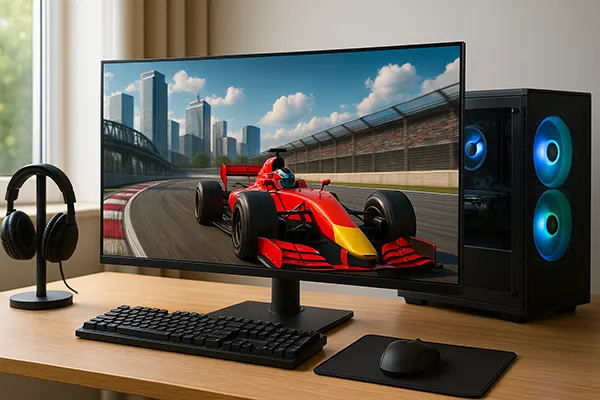
Price and Value in Mid-2025
OLED gaming monitors have gradually become more affordable. As of June 2025, high-quality 27-inch OLEDs with 1440p resolution are available starting at €750–€900, depending on brand and features. Budget variants from MSI and Gigabyte are also entering the market.
QD-OLED remains more expensive due to newer fabrication processes. Top-tier 34-inch ultrawide QD-OLEDs range from €1,200 to €1,500, although smaller models are expected to drop in price later in the year as more competitors adopt the technology.
When evaluating value for money, gamers who prioritise raw image fidelity and vibrant colours may find QD-OLED worth the investment. For those on a tighter budget, traditional OLED still offers excellent performance without major sacrifices in gaming quality.
Which Should You Choose?
Gamers looking for maximum colour performance, high peak brightness, and burn-in resilience will likely benefit most from a QD-OLED monitor — especially if their budget allows. These displays shine in HDR titles and deliver striking visuals in large format models.
OLED remains the better choice for users prioritising low input lag, near-perfect blacks, and competitive pricing. With more models appearing from diverse manufacturers, 2025 is a great year to adopt OLED without spending excessively.
Ultimately, the best option depends on your gaming habits, budget, and workspace lighting. Both technologies have matured significantly, and there is no outright winner — only the better match for your setup and preferences.


